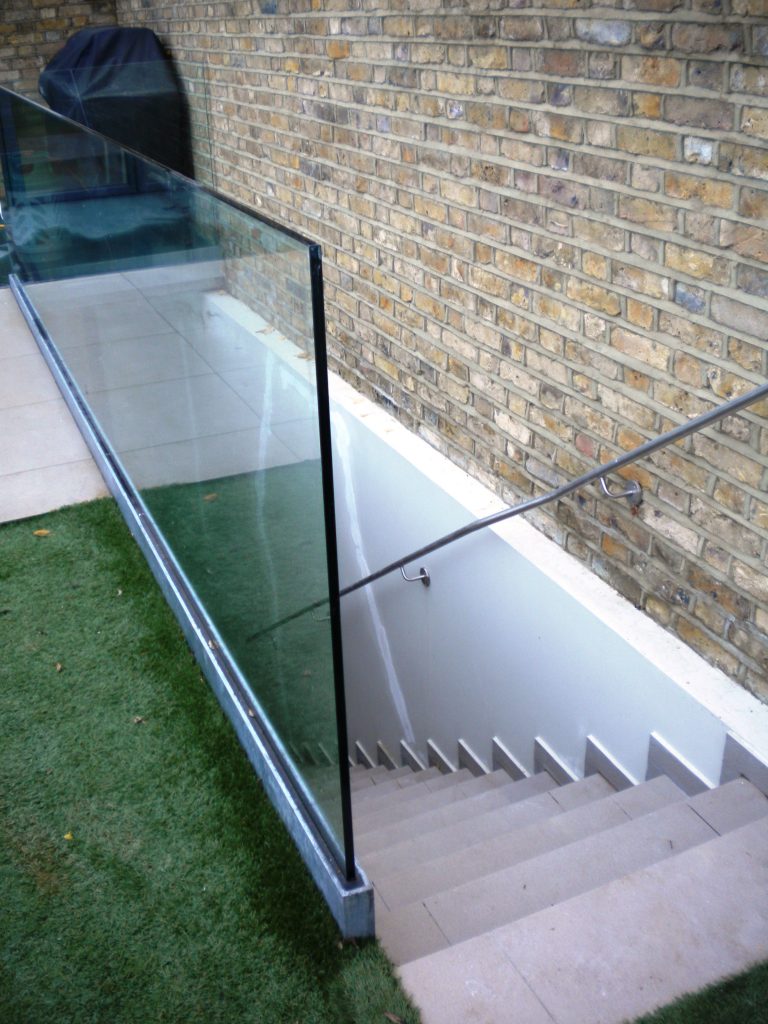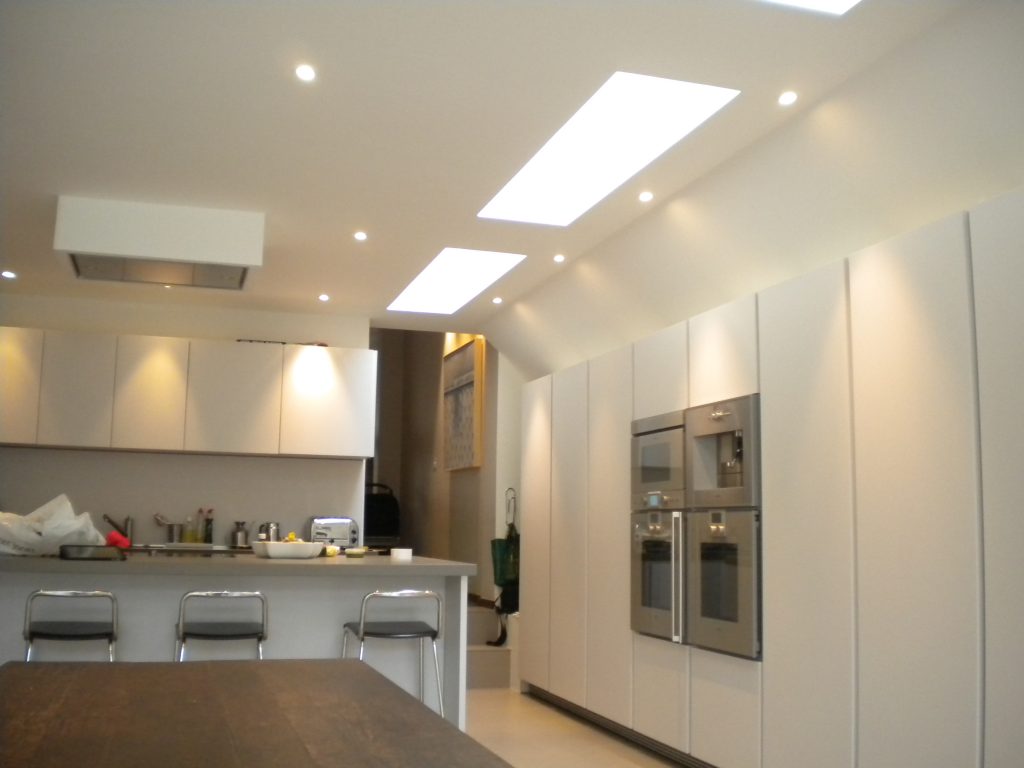This basement project in Fulham was the first such project that we undertook in the borough and within our portfolio of fifteen Fulham basement extensions remains an important project.
Directly stemming from this project we were recommended to friends of our client to undertake basement extension projects in Hurlingham Road and Broomhouse Road and our portfolio of basement extension in Fulham was well underway as Clients continued to recommend the practice.
A variety of design features that occur in this first basement project have continued to be explored and developed in many other such basement projects. As with most similar commissions, the project was more than the creation of a basement and involved various extensions and the complete internal refurbishment of the house.
In addition to the development of design ideas, the development of working relationships with structural engineers, basement contractors and other sub-contractors and suppliers has been imperative.

Success in designing and building Fulham basement projects relies on the quality of the design and construction team. The efficiencies gained from years of collaboration go very far in underwriting the success of these projects. Particularly important, is the relationship between the architect and the structural engineer and how these two packages of information are most efficiently integrated. Likewise, having worked with a range of experienced Fulham basement contractors enables a Tender process to be undertaken that obtains the best price from a list of suitably qualified Contractors.
The issues of design importance within this first basement extension were the way in which the basement could set-up a series of impressive views and spaces. When integrated with the house as a whole, the basement, filled with light, would become the most significant feature. The design approach explored with the Ellerby project was again followed with further basement extensions in Fulham and throughout our portfolio of London basement extensions.

Often, a deployed feature is the incorporation of a secondary route from the reception room to the kitchen, which provides both interesting visual connection and useful access between the two spaces. Located adjacent to this secondary route is the stair down to the basement. This solution works well, as while the stair connecting the ground floor and the basement below is not a noticeable feature on entering the house it is impressive as one walks through the house and becomes the central point of interest mid-way through the floorplan.
The opening up of the basement onto this space creates an interesting relationship between ground and new basement level. Explored in many further basement projects in Fulham, often a large roof light is positioned over, enabling daylight to flood the middle of the basement and equally views of the sky to be had from within the basement.
In addition to the success of the internal stair, this project also incorporated a straightforward and elegant stair up to the garden from the basement lightwell. Set as one straight flight and bounded by a glass balustrade on the garden side and brick garden wall on the other side, this is a solution for the external stair that we have often used in our basement projects. The use of a simple palette of high-quality materials, in this instance glass and facing brickwork is a robust and aesthetically pleasing composition.
As we continue to work as basement architects in Fulham, our portfolio of projects remains an extremely useful resource both for our clients and us and this project is key in that library.



